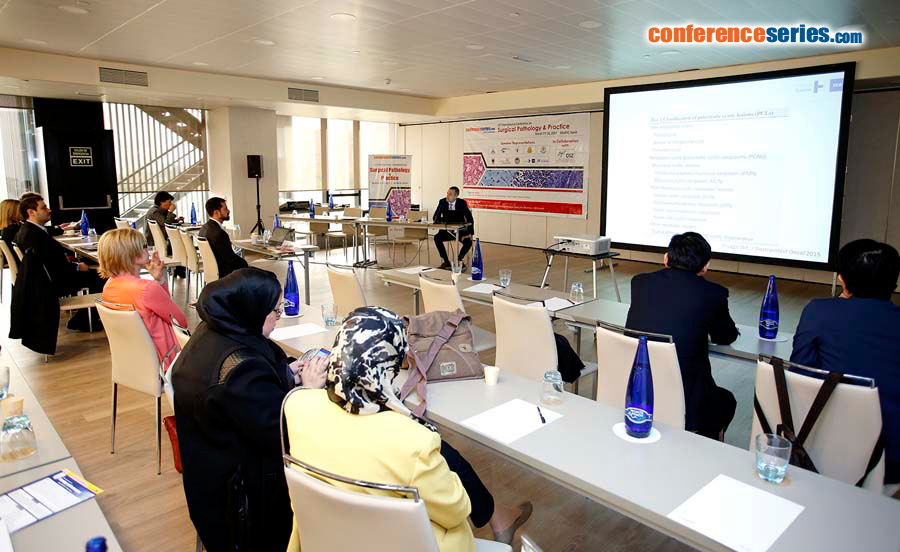
Pieter Demetter
Erasme University Hospital, Belgium
Title: Benign, premalignant and malignant pancreatic cystic lesions: The pathology landscape
Biography
Biography: Pieter Demetter
Abstract
Pancreatic cystic lesions are being increasingly detected in last years by significant improvement in imaging technologies, increased awareness of their existence and the growth of the aging population. These lesions are a broad group of pancreatic tumours with varying demographical, morphological, clinical and histological characteristics. Pancreatic cysts can be classified grossly into pseudocysts and true cysts. Pseudocysts develop mostly 4 weeks after the onset of acute pancreatitis, and are the natural evolution of acute fluid collections. In the true cysts group, it is important to distinguish mucinous from non-mucinous cysts because the former are considered being premalignant lesions. Distinguishing between the various types of lesions has important prognostic and therapeutic implications. The sensitivity of cytology varies depending on the expertise of the endoscopist and the pathologist. Diagnostic accuracy can increase up to 80-90% if cytology is complemented with measurements of CEA, amylase levels and mucin staining. Although cyst fluid analysis is a tool in preoperative diagnosis, final diagnosis if often obtained only after histopathological analysis. Molecular markers in the cyst fluid are being increasingly studied in recent years. Molecular tests of the aspirated cystic fluid seem particularly useful for detecting the accumulation of genetic mutations associated with lesion progression from early dysplasia to carcinoma. At present, molecular analyses can, however, not replace more conventional tests but should be used in parallel with them and clinical findings.




